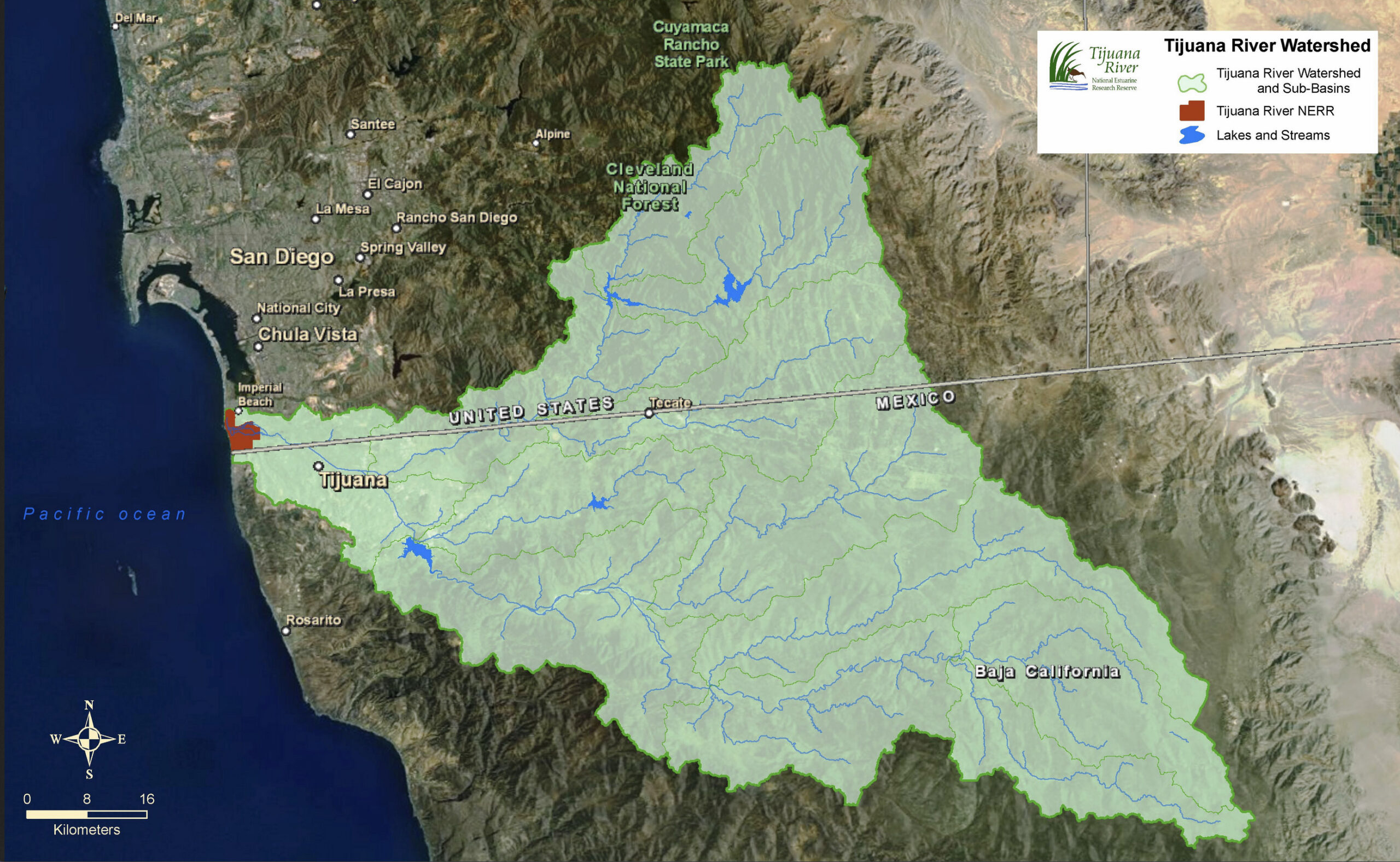WASTE FOR LIFE: OUR PROGRAMS

There was, in the 1970’s, some niche but hopeful talk of bioregions, of ecoregions, and watersheds, of continuous geographical terrain, climate, soils, seasons, plants, animals, and cultures that better defined the boundaries of places and the consciousness of all who inhabited those places. But that talk was sidelined with the heady promises of globalization and ‘the world is flat anyway’ brute ideologues, which captured the imaginations of those who wield power in our world.
So, it’s no wonder that our experience trying to get a foothold in Tijuana these past few years has been topsy turvy as well: too many shifting partners, too many agendas, too much distrust and bad histories, to little foresight, and too little money. We were on the border, where hodgepodge vicissitude reigns.
It doesn’t take much for the Tijuana River Valley (TRV) to flood. Rain falls on both sides of the border and collects in creeks that feed into the Tijuana River that flows through a complex drainage system spanning both countries. The water carries sediment, debris, and sewage with it, which impact the communities and habitats along the way before finally emptying through the TRV into the Pacific Ocean, polluting and closing San Diego’s southern beaches. That’s how watersheds work: the humans and natural communities that share them are inexorably linked.




Acknowledgement for their support to San Diego Foundation, International Community Foundation, Resilient Cities Catalyst and San Diego Regional Climate Collaborative. The full press release is here.
